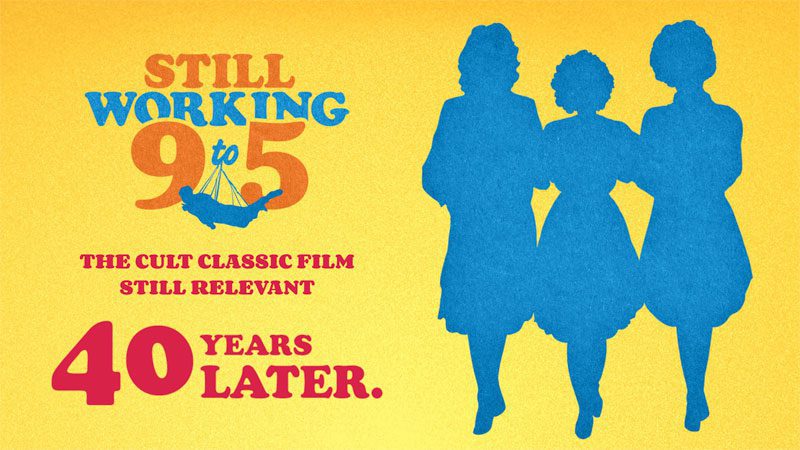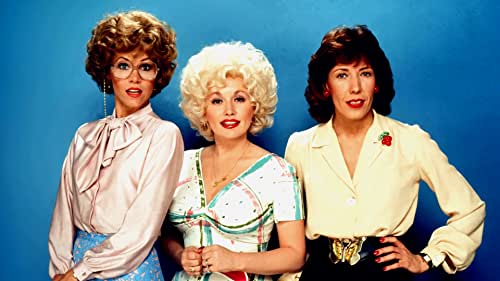
In Still Working 9 to 5, directors/producers Camille Hardman, Gary Lane and Larry Lane revisit the classic film 9 to 5 and give us an insight into why its filmmakers made it in the first place.
Released in 1980, 9 to 5 highlighted the negative experiences women face(d) in the workplace and demanded that they be treated with respect. By intentionally choosing to address the issues through comedy, the filmmakers hoped that the message would reach more than women who would already identify with it. Still Working highlights the instrumental role that film can have in our culture, letting us in on how 9 to 5 amplified the voice of an organization that was already fighting for the equality of women in the workplace. (Incidentally, the 9 to 5 organization is the inspiration for the title of the movie.) Still Working also shows how the original film inspired such women as Lilly Ledbetter, who mentioned that the movie encouraged her at a difficult job. Lilly Ledbetter went on to become an activist who inspired the Lilly Ledbetter Fair Pay Act of 2009, after filing a sex discrimination case against her former employers, Goodyear Tire & Rubber for paying her significantly less than her male counterparts for the same job.
The documentary focuses on the Equal Rights Amendment, as the release of the original film synced with a new wave of the movement. It?s interesting having that time stamp of 1980 because it puts in perspective how absurd it is that the fight then to have women protected by the constitution still has not been resolved in 2022.
Still Working 9 to 5 is a lighter watch than I expected it to be, again an intentional choice by the filmmakers in order to keep the audience?s attentions. Just like their predecessors on 9 to 5, they are hoping that their will spark a conversation that will continue to inspire change at a cultural and political level.
Still Working 9 to 5 is now playing at HotDocs ’22. For screening information, click here.





